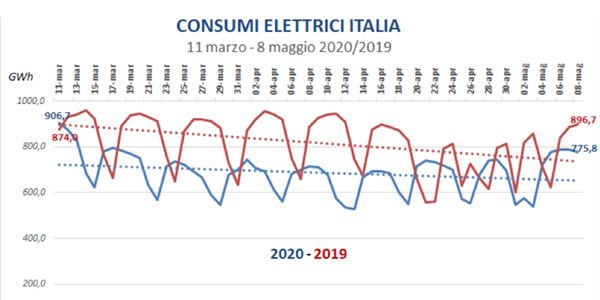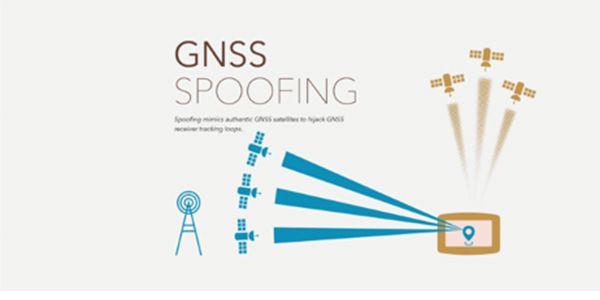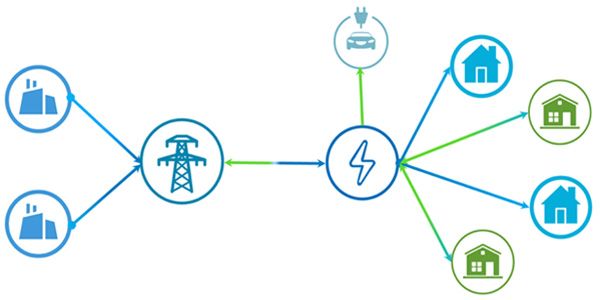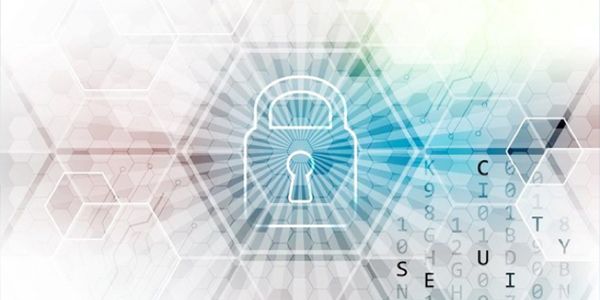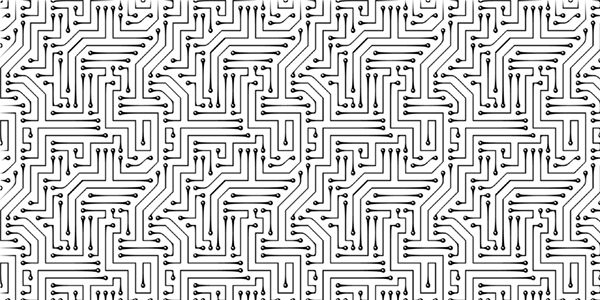COVID-19 and electricity demand in Italy during the lockdown: impact on cybersecurity
In Italy, as in most parts of Europe, the measures to control the spread of the COVID-19 pandemic has had relevant impacts in several sectors, last but not the least the electricity one. The changes in day-to-day routine has affected the national energy demand: from the 11th of March to the 8th of May in Italy the electricity demand was dropped by -16%, with a decrease of about 7.7 TWh in comparison with the same period in 2019 (source TERNA, see figure).
